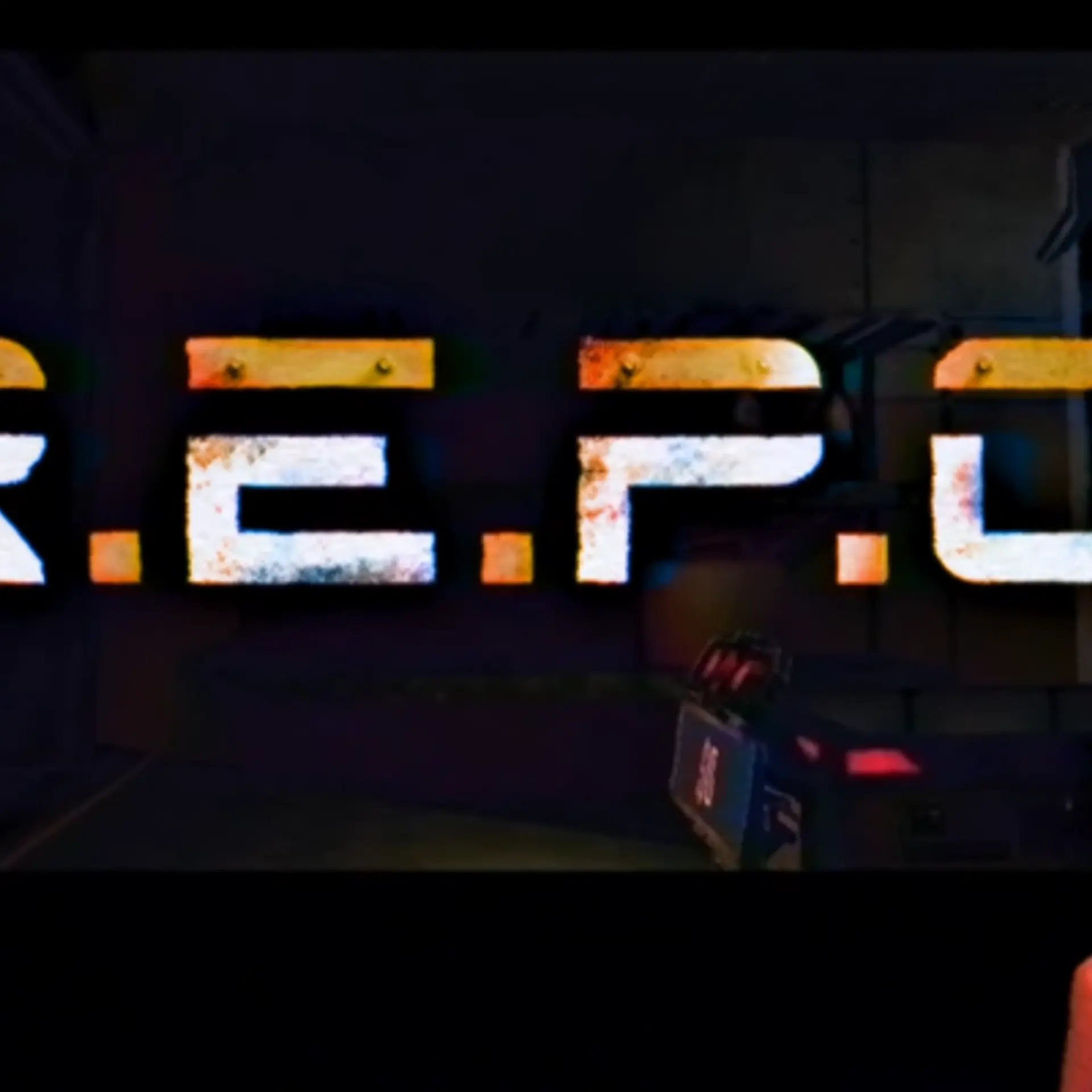Metrics are a proxy for the change we want to see in the world, says Former Design VP of Facebook, Julie Zhuo
In this episode of Prime Venture Partners Podcast, Julie Zhuo, Former Design VP, Facebook and Co-Founder, Sundial talks about her learnings on how to build and design products that solve problems
Julie Zhuo, a Stanford graduate, worked her way up - from an engineering intern to Vice President of Product Design at Facebook. Today, she is amongst Silicon Valley’s top product design executives, authored Wall Street Journal best-selling book, The Making of a Manager, and co-founded Sundial.
In the latest episode of the Prime Venture Partners podcast, Julie talks to Amit Somani, Managing Partner, Prime Venture Partners, about lessons learned through her journey, and how a great product is built and designed.
Prime Venture Partners podcast is a series brought together to help entrepreneurs grow and build their startups with the powerful insights of the makers and doers of the startup ecosystem.

Image Source: Shutterstock
Building customer empathy from a design and product point of view
Speaking about Facebook’s early days, she explains that it was initially a product for college and high school students made by college students or college dropouts, and thus their early intuitions about customer requirements were spot on.
But as the platform grew, some of the key projects they had intuitively planned did not pick up with the audience. This led to the change in their product development method.
She recalls that they realised “We have to become much more rigorous about understanding the pulse of the user base instead of relying so much on our intuition", says Julie.
How Facebook designers think
While talking about her framework for choosing what to build and what not to, Julie says that going directly into a solution won't help if there is no proper alignment on what the problem is. She further explains, "Instead of focusing on the solution, we first need to ask ourselves - What problems are people having? Let's just make sure we really understand it."
She says thinking along the lines of “How can one know if it is a real problem, understanding the priority of the problem or how big it is" will help quantify the problem.
About how do we know if the problem has been solved, she says, "By trying to define the criteria of what success looks like - What would we have seen in the behaviour? What would people have told us? What would have changed about their habits or what not? By trying to ask that question way upfront, we make sure objective criteria is set at the beginning, so we are not looking at a bunch of matrices after the fact, and try to piece it together in the best possible interpretation."
Hacking the ethnographic research or UX research work for early-stage startups
Julie believes in first building something you yourself would want because, with this, you cut down the extra steps of having to interact with a bunch of people.
“While approaching product development, if you choose to work on a problem you personally understand very well or are a target user yourself or know people who are target users, you will be able to trust your instincts more while solving it because of the personal connection and understanding of the problem. But if you can try to pick up an interesting problem, you couldn’t rely on your instincts to make decisions, you would have to interact with a bunch of people to understand what it is,” she says.
She has adapted a similar approach with Sundial, something that has come from her personal experience with products and data.
Choosing the right set of metrics
Speaking about solving problems, Julie explains that solving the issue is often not just metrics going up.
"I think we always want to keep in mind that metrics are a proxy for the change we want to see in the world. So the first thing we have to do before we end up looking at the data is to map out the vision, the change you want to see happen in the world - what does it truly look like," Julie further adds.
After having this clarity, choose the metrics that best suit your vision.
For more insightful tips from Julie, listen to the podcast here
Edited by Anju Narayanan








![[Watch] Ninjacart Co-founder Thiru chalks out his journey in inventing the wheel for fresh produce ecommerce](https://images.yourstory.com/cs/2/a182c7e0140711e987e2f7248b252f46/Capture51570470464543PNG?mode=crop&crop=faces&ar=1%3A1&format=auto&w=1920&q=75)